Is this economic stability sustainable?
Taking a closer look at recent reform impact, inflation and impending IMF deal
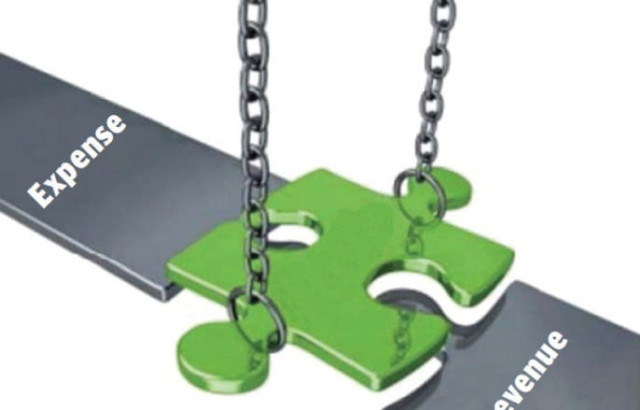
Pakistan’s recent economic turmoil, which nearly pushed the country to the verge of bankruptcy last year, seems to have given way to a period of stability. However, a crucial question remains: is this a precursor to a genuine economic recovery, or a temporary respite?
There has been a noticeable decline in inflation from its peak last summer, coupled with stability in the Pakistani rupee, which is now hovering around Rs280 against the US dollar. Additionally, the current account deficit (CAD) has also narrowed, offering respite to the pressured forex reserves.
The expectation of political stability under a new government after a gap of almost two years gives one a glimmer of hope for a brighter future. Yet, it’s critical to scrutinise the looming economic risks as well.
Despite some positive developments, it is important to understand whether the economic stability seen under the caretaker government was the result of any significant or bold reforms that have solidified Pakistan’s financial foundation.
While the caretaker administration did initiate some commendable steps, such as successfully completing the last International Monetary Fund (IMF) review, bringing gas pricing reforms, and introducing an oil refining policy for both new and existing projects, it largely avoided tackling the more challenging decisions necessary for economic transformation.
For example, it failed to renegotiate more favourable terms with Chinese independent power producers (IPPs), implement essential energy sector reforms and overhaul the Federal Board of Revenue (FBR) with comprehensive reforms.
Moreover, there was also a lack of initiative in increasing taxation on the retail trade, real estate revenues, and agriculture production to bring them at par with the taxes levied on the salaried individuals. The caretaker setup also could not privatise major state-owned entities like Pakistan International Airlines (PIA) and Steel Mills, which have long been a financial drain on the country.
Read: PTI asks IMF to mull ‘political stability’ in loan talks
Furthermore, the actions the caretaker government did manage to take, like the gas pricing reforms, were implemented in a manner that left significant disparities in the market, with some sectors like textile mills and certain fertiliser plants still enjoying subsidised gas.
The new oil refining policy also fell short, failing to address the crippling issue of excessive regulation that has impeded the sector’s performance and growth.
Given these circumstances, it is difficult to put unwavering trust in the prevailing economic conditions. While one hopes and prays for sustainable economic stability, the glaring red flags raised high are too conspicuous to ignore.
The Consumer Price Index (CPI) inflation, for instance, showed a 28.3% year-over-year increase in January, a slight decrease from December’s 29.7% and significantly down from May’s staggering 38% rise. While this latest deceleration might suggest a cooling inflation, which in February further came down to 23.1%, it’s crucial to consider the potential distortion from a high-base effect.
Moreover, the persistent 28% inflation rate remains a heavy burden for households already stretched thin financially.
Adding to these concerns are the recent increases in gas prices and the anticipated surge in food prices during Ramazan, which could keep inflation elevated or push it even higher.
Besides, the government’s recently announced 40% to 67% gas tariff hike for the protected category, effective from February 1, aligns with the IMF’s demands. This surge follows November’s fixed charges that significantly raised utility bills, with many households seeing an unprecedented triple-digit rise. The recent increase might also further strain inflation.
In addition, the stability of the domestic currency in its current position is uncertain, especially with the new government set to negotiate another deal with the IMF in a little over a month.
News reports indicate that Pakistan is contemplating increasing the size of the new bailout package to the range of $7.5 billion to $8 billion, from the $6 billion under Extended Fund Facility (EFF), by including climate financing.
Despite uncertainties around securing this increase, the impending talks pose a risk of exerting pressure on the rupee, potentially aggravating inflation further.
The rupee’s stability is also at risk due to potential weaknesses in the current account. Despite a notable 71% year-over-year reduction in the CAD to $1.09 billion in the first seven months of this fiscal year, the IMF projects a total deficit of $5.6 billion by the financial year’s close.
This projection suggests an expected increase in current account deficit to over $4.5 billion in the final five months, attributed to a predicted 56% surge in imports. This forecast contrasts sharply with the recent trend of declining imports.
The IMF’s stance suggests that current import restrictions have been pivotal in stabilising the rupee. Yet, an impending agreement with the IMF might eliminate these controls, steering Pakistan towards a market-determined exchange rate policy.
Such a shift could push imports substantially higher, increase the current account deficit, and mount pressure on the rupee, potentially exacerbating inflation.
In essence, the existing stability is underpinned in large part by the easing of inflation, rupee’s steadiness, and a shrinking of the current account deficit. However, there’s a looming risk that these positive trends could reverse in the next five months as Pakistan signs another bailout package with the IMF.
While there’s hope that the remittances and exports will come to the rescue, helping narrow the CAD, relying solely on hope is not a viable strategy.
The recent period of stability, therefore, may well be the calm before a looming storm. To navigate potential turbulence, policymakers must enact the crucial structural reforms mentioned earlier.
These measures are vital to ensure that, should a storm hit, the country emerges not just unscathed but in a stronger position.
THE WRITER IS A CORPORATE CONSULTANT SPECIALISING IN BUSINESS AND ECONOMIC ISSUES
Published in The Express Tribune, March 4th, 2024.
Like Business on Facebook, follow @TribuneBiz on Twitter to stay informed and join in the conversation.

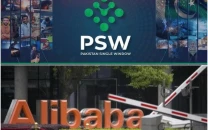


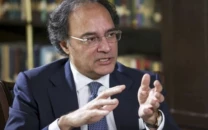
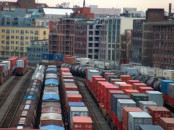
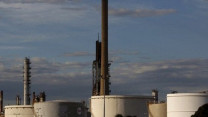


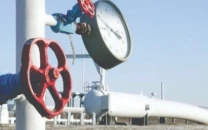









COMMENTS
Comments are moderated and generally will be posted if they are on-topic and not abusive.
For more information, please see our Comments FAQ